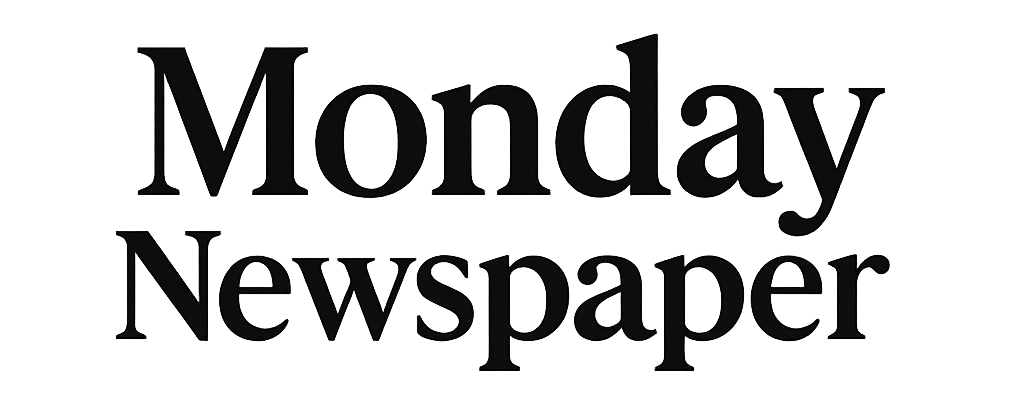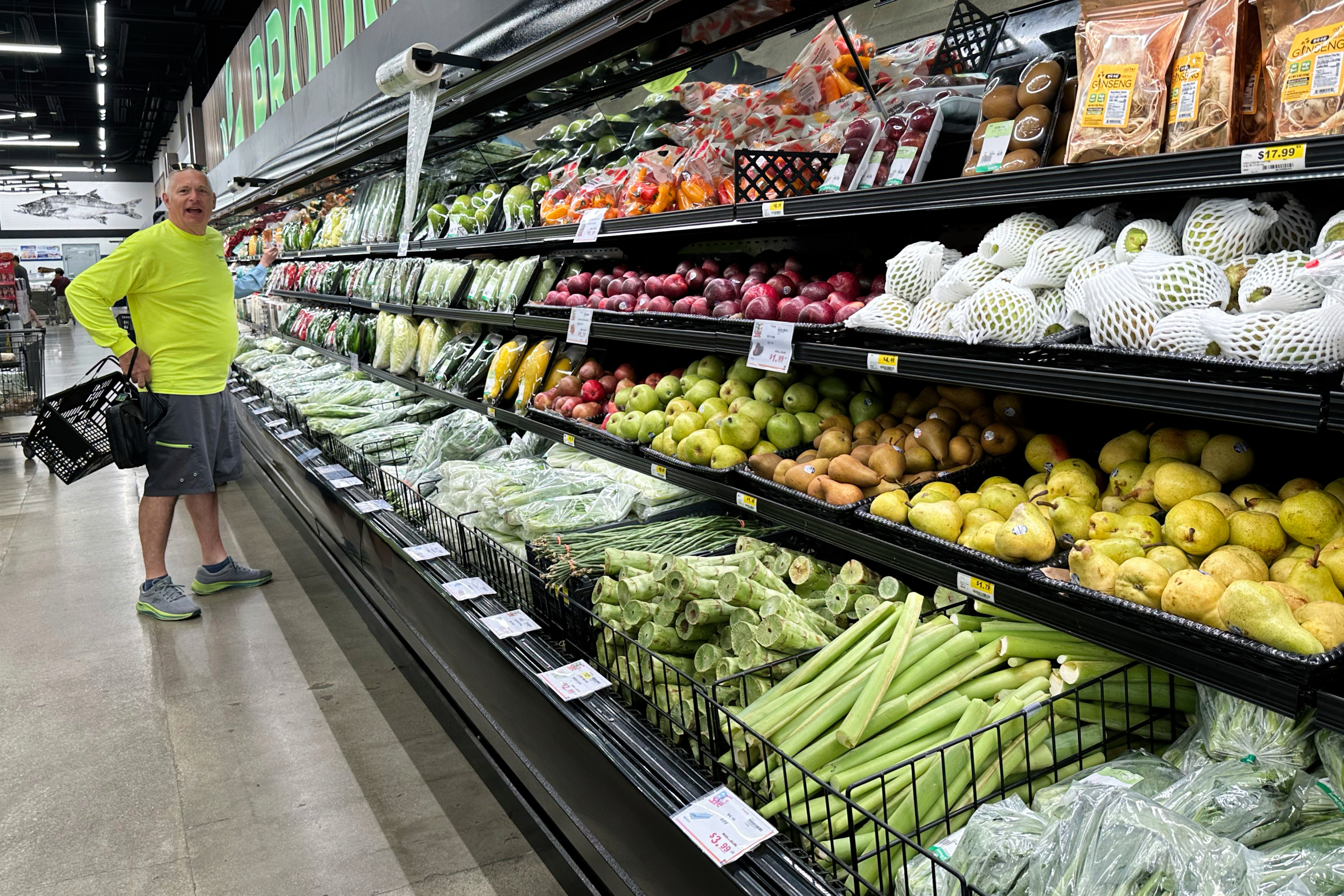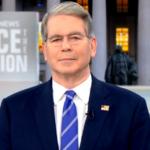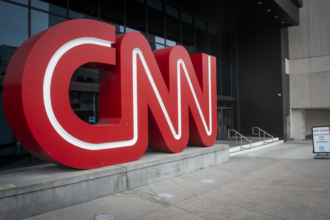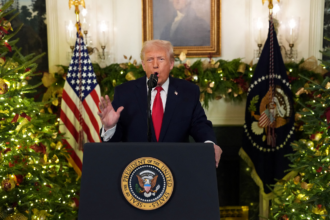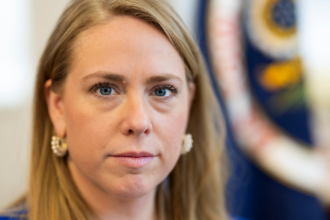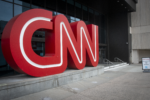US inflation ticked up in September to 3% — a slightly lower than expected number that paves the way for the Federal Reserve to cut rates at its policy meeting next week.
In a report that got delayed more than a week because of the federal government shutdown, the Consumer Price Index jumped 3% in September over the past 12 months, according to the Bureau of Labor Statistics.
That was the fastest rate since the start of this year and a slight increase from the previous month’s 2.9% Still, economists polled by Bloomberg had expected a slightly hotter 3.1% year-over-year rate. The CPI rose 0.3% on a monthly basis.
Core inflation, which excludes volatile food and energy prices, also rose 3% over the past 12 months — though this was down slightly from 3.1% the previous month. It was expected to stay flat at 3.1%, according to economists polled by Bloomberg.
The Consumer Price Index should have been released on Oct. 15, but economic data has been halted by the government shutdown — now the second-longest in history at its 23rd day, with no end in sight.
“Inflation coming in weaker-than-expected further solidifies a continuation of the Federal Reserve’s rate cutting cycle, at least for the next two meetings,” Skyler Weinand, chief investment officer at Regan Capital, said in a note Friday.
“Once the government reopens and if we start to see weak unemployment data and the unemployment rate rises precipitously towards 5%, we could expect either a 50 basis point cut for December or the Fed to communicate a string of cuts in 2026.”
Wall Street has been desperate for any inklings into the state of the economy. The Dow Jones Industrial Average closed above 47,000 for the first time, jumping 472 points, or 1%. The Nasdaq and S&P 500 also finished at all-time highs.
Questions have been raised, however, over the accuracy of the consumer inflation report, since so much of the government has been shut down.
The Federal Reserve is still widely anticipated to cut interest rates next Wednesday at the end of its policy meeting after issuing the first quarter-point cut last month since December 2024.
There has been dissent among Fed officials over how quickly they should ease policy. Fed Governor Stephen Miran, who was recently appointed by President Trump, has called for a half-point cut, while others like Christopher Waller have advocated for a quarter-point cut.
Economists are also keeping their eyes out for any sign that Trump’s tariffs have started to hit prices – though it appears companies are still largely shielding consumers from price hikes.
The index for food increased just 0.2% over the month, while apparel rose 0.7%.
In another sign that firms are swallowing tariff costs, toys declined 0.1% from the previous month. But kids’ apparel saw notable increases, with boys’ apparel rising 2.6% and girls’ apparel up 1.4%.
Household furnishings rose 0.4% over the month, though the index is up 4.1% over the past 12 months.
Gasoline largely drove September’s inflation figure – rising a whopping 4.1% over the month. But prices at gas pumps are still lower than the same time last year.
And electricity and natural gas prices fell from the previous month, by 0.5% and 1.2%, respectively, helping to dull that effect across the energy index.
Meanwhile, egg prices dropped 4.7% from the previous month as flocks across the country recover from an intense bird flu earlier this year.
Beef and veal prices continued to climb, rising 1.2% from the month before. Trump has floated a potential beef deal with Argentina, in addition to a $20 billion currency swap.
The US would import beef from Argentina to raise supply and lower prices – but struggling American farmers have slammed the deal, arguing that it would eat up more of their market share.
